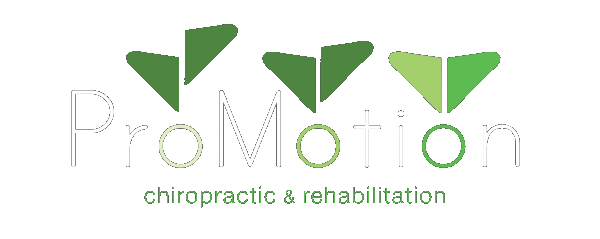False—mostly. Like many things in life, this isn’t a black and white issue. Chiropractic can be used as a short-term acute treatment or as part of a long-term preventative and health maintenance protocol.
Sometimes a person may get injured, which can result in pain or limited performance. This can happen due to a car accident, lifting heavy objects in an awkward manner, or perhaps taking a hard hit while playing sports. This can result in debilitating pain that prevents the ability to continue with the same lifestyle that existed prior to injury—whether that means having to modify one’s occupation, an exercise routine, hobbies, or a specific daily routine. Chiropractic treatments are an excellent means to correct acute issues related to the spine. It is possible that a very short-term stint of care will properly address the pain or performance issue and result in healing for the patient that requires no follow-up.
I often have patients come in bent over in excruciating pain who are able to walk out of the office with little to no pain. Neither surgery nor medicine was required to make this patient well. These examples powerfully depicts how chiropractic is able to immediately resolve functional issues, eliminate pain, and get the patient back to the life they love to live.
While there are instances where chiropractic can be used as an isolated treatment option there is also a tremendous benefit to consistently using adjustments to maintain excellent health, manage and eliminate pain, and enjoy top physical performance. Many professional athletes such as Olympic hopefuls and NFL players include chiropractic as part of their training regimens. They know that their bodies perform optimally when their spine, joints, and nervous system are carefully maintained with chiropractic adjustments.
Think about it, you probably visit the dentist annually or semi-annually to ensure your pearly whites are in tip-top shape with a checkup and cleaning. Keeping a close watch on your spinal health and getting regular “check-up” adjustments or treatments is an excellent proactive step towards ensuring optimal spinal health. Some studies have shown that regular chiropractic treatments promote increased lung capacity, visual acuity, reaction time, balance, and cardiovascular health. The spine has an impact on all other bodily systems and therefore should be a priority for routine maintenance and wellness.
Discuss your health goals and concerns with your chiropractor to determine if they will best be met by consistent care over time or if perhaps reaching your goals will require a shorter duration of care.

